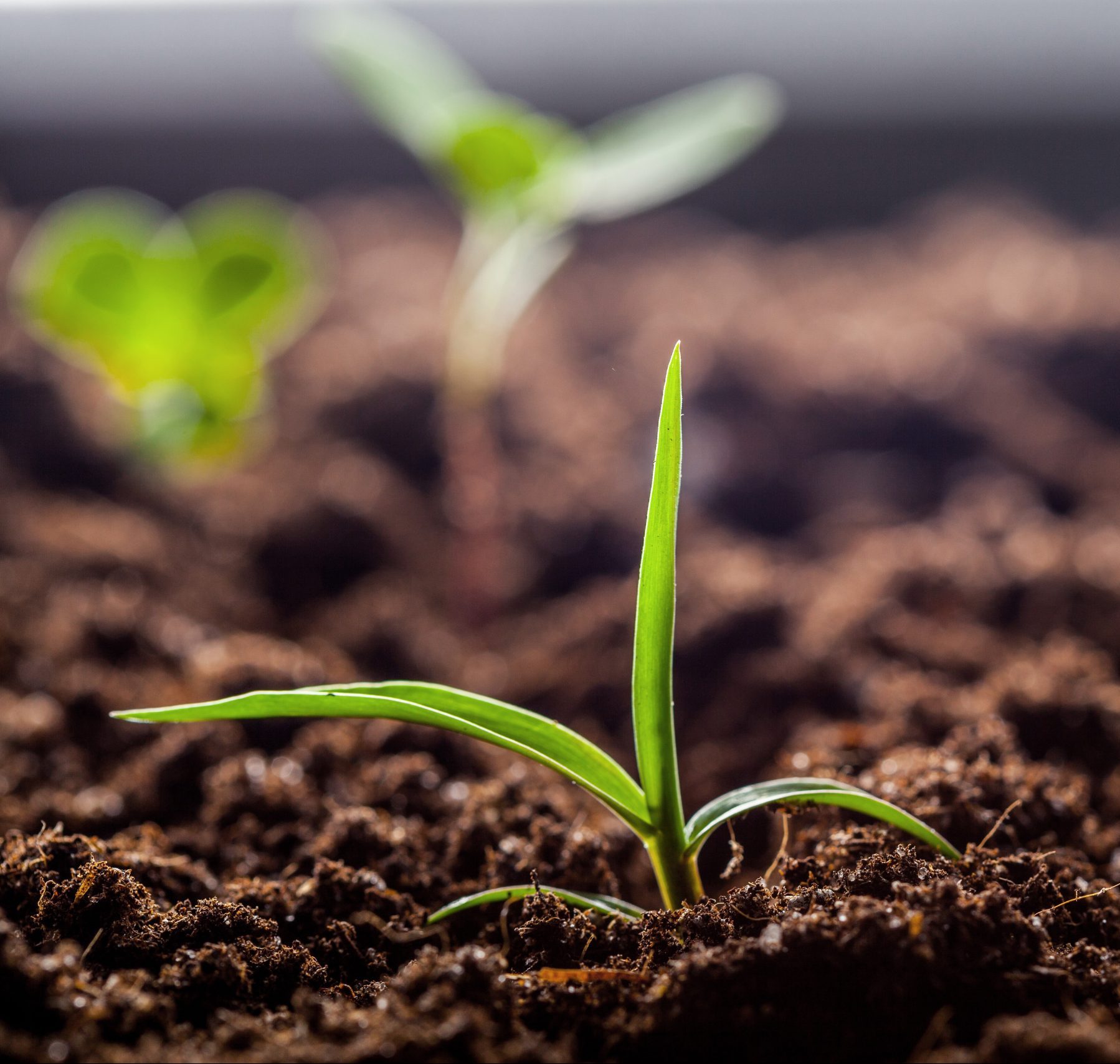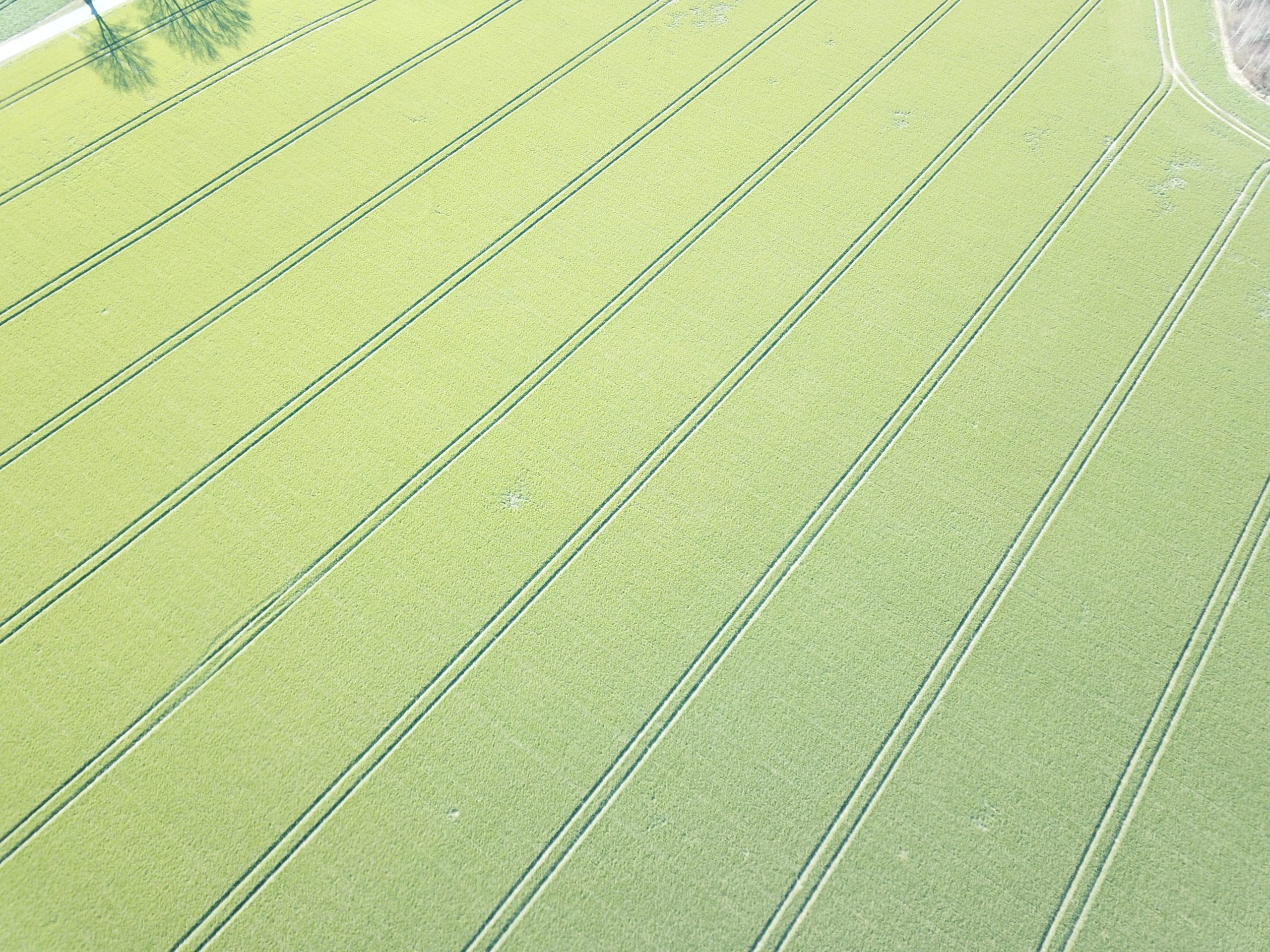Stop guessing - Measure
Analyze more to optimize your greenhouse cultivation!
For optimal growth and harvest of greenhouse crops, it is important to use good quality fertilizers and to have a customized nutrient solution recipe for your particular crop. However, there are other factors that can affect the nutrient composition in the root zone, such as climate, growing medium, irrigation, drainage, pests and diseases.
During the growing season, different circumstances and reasons arise to adjust the nutrient solution recipe, and that need may vary from year to year.
Especially when circulating nutrient water, water analysis is an important tool to continuously adjust fertilization. This makes it possible to optimize nutrient composition and control irrigation to avoid the accumulation of substances that the plant does not consume much of, such as sodium. Precision fertilization improves the quality of your crop and is kinder to your wallet and the environment.
A spurway analysis shows the amount of plant nutrients available in the soil for the plants in the coming weeks/months. By continuously monitoring a crop with analysis, nutrient deficiencies can be addressed in time by supplementary fertilization. LMI has target values for many crops that show how the nutrient values should be. Spurway analysis is carefully designed to extract plant nutrients in a way that closely mimics the ability of roots to take up nutrients from the soil.
To find out what adjustments are needed, it is important to analyze:
How and when should the tests be taken?
The more frequent the analysis, the more accurate the fertilizer application. A good way to keep track of fertilizer watering is to take samples at regular intervals, for example every two to four weeks, depending on the crop and cropping system.
To get the most out of the analyses, it is important to take the samples on the same day and at the same time of day to get comparable results.
Periods when it may also be particularly appropriate to analyze are, for example, when the weather changes or when the culture goes from the generative to the vegetative phase, or after strong growth or if the plant has been stressed.
Related Posts
Category: Water analysis, Greenhouses, Plant nutrition
Plants need oxygen to effectively take up nutrients and water. Organic matter such as [...]
Category: Plant nutrition
Do you want healthy and lush plants that give you abundant harvests? Then this is [...]
Category: Plant sap analysis
Plant juice analysis contributed to high ranking in Guinness World Record trials LMI, together with some [...]




